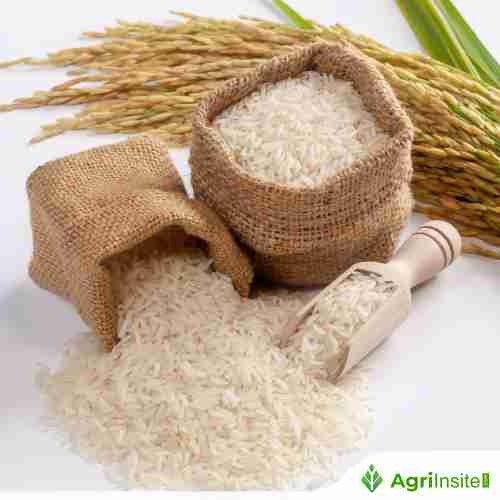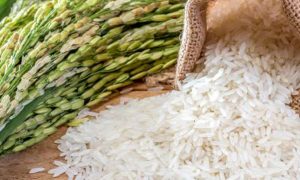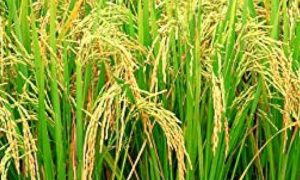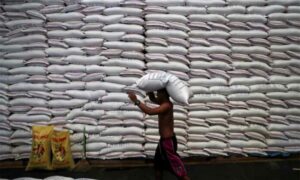Japan to Review Curbs on Rice Production, Consider Payouts to Farmers as High Prices for the Staple Linger

The government is reviewing its rice output policy to ensure stable supply amid persistently high prices. Officials are considering loosening production controls while protecting farmers’ earnings by compensating them if prices fall below costs. Prime Minister Shigeru Ishiba, leading the discussions, emphasized balancing reasonable consumer prices with sustainable farming. Plans include improving price stability, productivity, distribution, and export expansion, with reforms targeted by fiscal 2027.
The government has decided to review its policy on rice output — which in effect curtails how much rice is grown — in order to ensure a stable supply, given the stubbornly high prices that have plagued the grain, according to several government officials.
It will also discuss a system for protecting farmers’ earnings and keeping them out of the financial difficulties that could be brought by lower rice prices.
The first Cabinet session on ensuring a stable rice supply kicked off Thursday at the Prime Minister’s Office, and those attending discussed the causes of the high rice prices and reforms of agricultural policy.
The government has long coordinated rice output in order to ensure that prices do not collapse, but it could loosen or entirely abandon this management. While official restrictions on rice acreage were scrapped in 2018, farmers have continued to produce in line with the government’s demand forecasts, effectively maintaining the restrictions.
Increased rice production could lead to a decline in prices. That has prompted the government to consider directly protecting farmers’ earnings to help them keep farming. This would mean the government making up the difference when farmers’ take-home pay falls below production costs.
During his time as agriculture minister in 2009, Prime Minister Shigeru Ishiba wrote a paper advocating agricultural reform that would relax management of production and provide compensation to farmers. He has told those close to him that his views have not changed.
The sessions are being chaired by Ishiba and also include Chief Cabinet Secretary Yoshimasa Hayashi; Agriculture, Forestry and Fisheries Minister Shinjiro Koizumi; and other ministers.
“Rice must be supplied to consumers at reasonable prices, and a stable supply must be realized through sustainable agricultural production,” Ishiba said at Thursday’s session.
He instructed Koizumi to come up with plans for the short to long term that would stabilize rice prices and improve productivity, and he asked Hiromasa Nakano, the land, infrastructure, transport and tourism minister, to encourage logistics companies to ensure smooth distribution of stockpiled rice.
“Support measures to protect farmers’ businesses and creating a safety net are also important issues,” Koizumi told reporters after the meeting.
The sessions will examine the causes behind the high prices and the government’s response to the situation to find ways to stabilize prices, which could include improving the transparency of the distribution process. The findings will serve as a basis for discussions of medium- to long-term agricultural reforms, such as revising the policy on managing rice output. The government will also discuss ways to improve productivity through smart agricultural technologies, and how to expand overseas sales channels.
The government wants to finalize its conclusions within a year and reflect them in the budget for fiscal 2027.
To Read more about Rice News continue reading Agriinsite.com
Source : The Japan News















